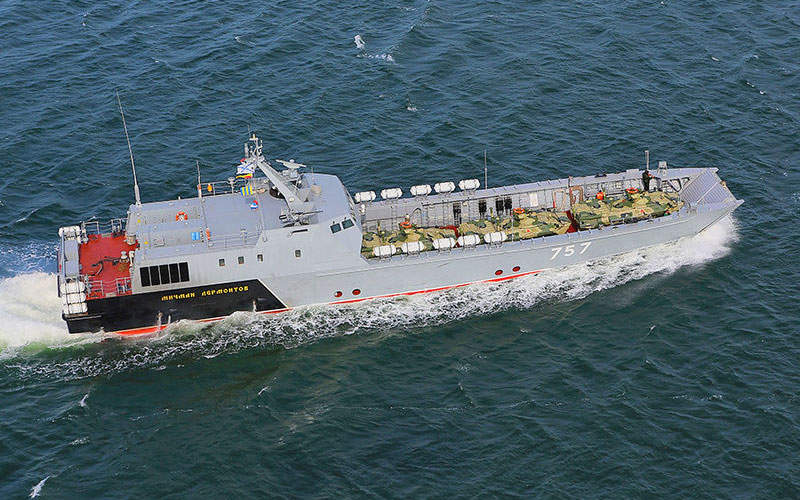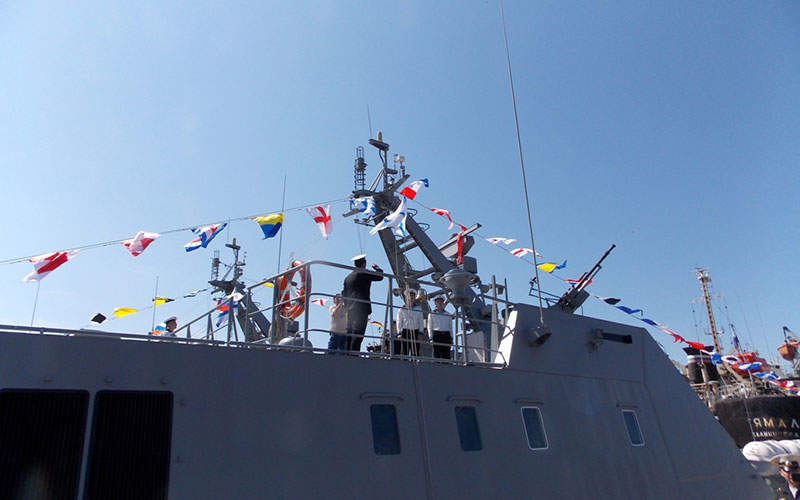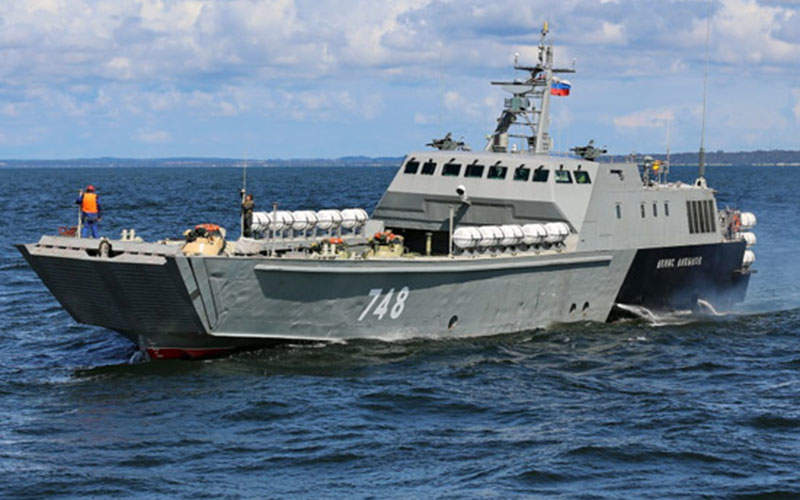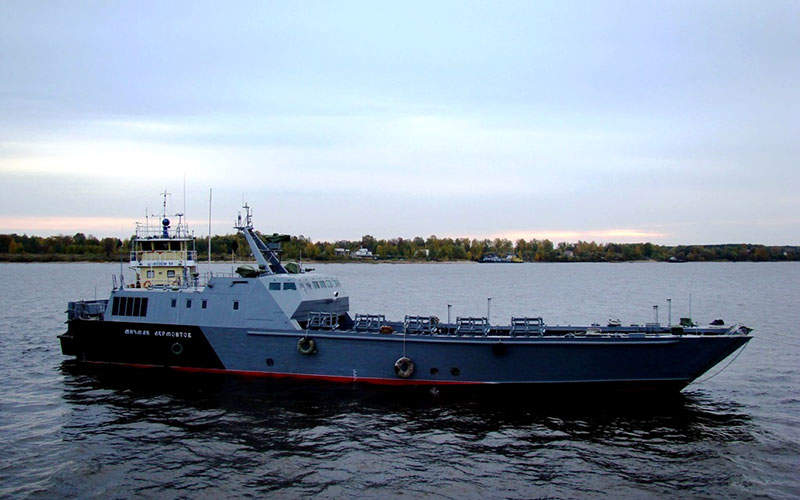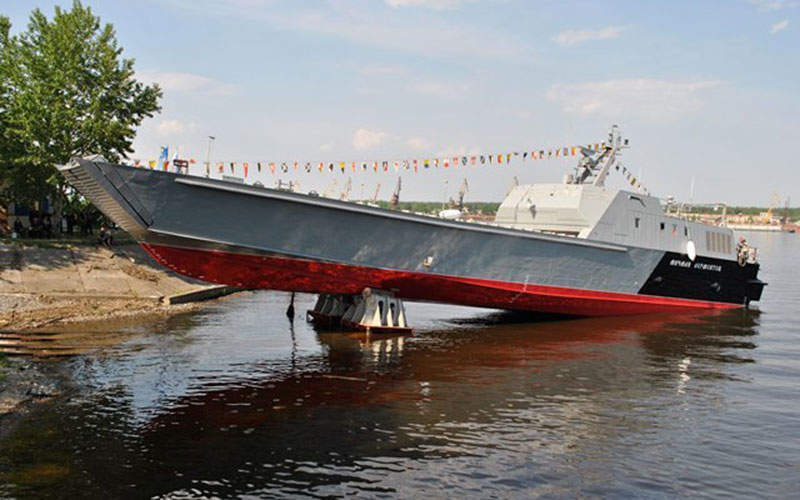The Baltic Fleet of the Russian Navy commissioned a series of three Project 21820-class landing craft for delivery by July 2015.
All three ships were designed by JSC Alexeev’s Central Hydrofoil Design Bureau and built by OJSC Yaroslavsky Shipyard.
A total of five Project 21820 class landing craft are in service with the Russian Navy. The ships are intended for the delivery from the sea to unequipped coasts of troops as well as wheeled and tracked vehicles during an amphibious assault.
Landing craft orders and deliveries
Yaroslavsky Shipyard signed a state contract with the Ministry of Defence of Russia for the construction and delivery of a series of three Project 21820 landing craft in June 2011 to perform the tasks of the Russian Navy’s Baltic Fleet.
The keel for the first vessel in the series, Denis Davydov (building number 701), was laid in January 2012, with the launch held in July 2013. Sea trials were performed during June and October 2014. Denis Davydov was commissioned into the Baltic Fleet a month later.
The second landing craft in the series, Lieutenant Rimsky-Korsakov (702), was launched in April 2014 and completed mooring tests in October. It underwent factory sea tests between October and December of the same year.
The keel for the third vessel in the series, Michman Lermontov (703), was laid in January 2013, and its launch took place in June 2014. The factory sea trials for Michman Lermontov were conducted in December 2014.
Another two Project 21820 class landing craft ordered by the Russian Ministry of Defence are Ataman Platov and Ivan Kartsov.
The Ataman Platov medium landing craft was commissioned into the Caspian Flotilla in 2010, while the Ivan Kartsov amphibious ship was deployed in the Pacific Fleet in 2013.
Design and features of Project 21820 landing craft
The Project 21820 class landing craft features an air cavity hull. It has a maximum length of 45m, width of 8.5m and draft of 1.9m. It is equipped with a 27m-long, 6.8m-wide and 2.34m-high cargo compartment to accommodate a variety of loads.
With a total displacement of 280t, the vessel can carry up to 140t of loads, such as three T-72 main battle tanks or one T-72 main battle tank (or BTR-80 / BTR-82A) armoured personnel carrier and 90 troops, or five BTR-80 / BTR-82A troop carriers and 50 troops. A ramp on the bow allows loading / unloading of supplies and equipment.
The ship is operated by a crew of seven from the navigation bridge, placed at the rear portion. The square windows on the front and sides of the bridge provide a clear view of the horizon.
Project 21820 landing craft weapons
The landing craft is armed with two Vladimirov KPV 14.5mm marine pedestal machine guns (14.5mm MTPU-1) to defeat lightly armoured targets on land, air and sea.
The machine gun has a rate of fire of 450 rounds a minute. It can reach a distance of up to 3km against surface targets and 2km against air targets.
Cannons mounted on either side of the bridge offer protection from small arms fire.
Sensors on board Project 21820 landing craft
Equipment on board the vessel includes marine radar mast, navigation systems, radio equipment, antennas, and lighting and communications systems.
Propulsion and performance of Project 21820
The Project 21820-class is powered by two М507А-2D diesel engines, rated at 9,000hp each. The water jet propellers with ventilation deliver high efficiency, high-speed capabilities.
The ship can reach a maximum speed of 35k at wave heights of 0.75m, and its maximum floating distance is 500nm.

